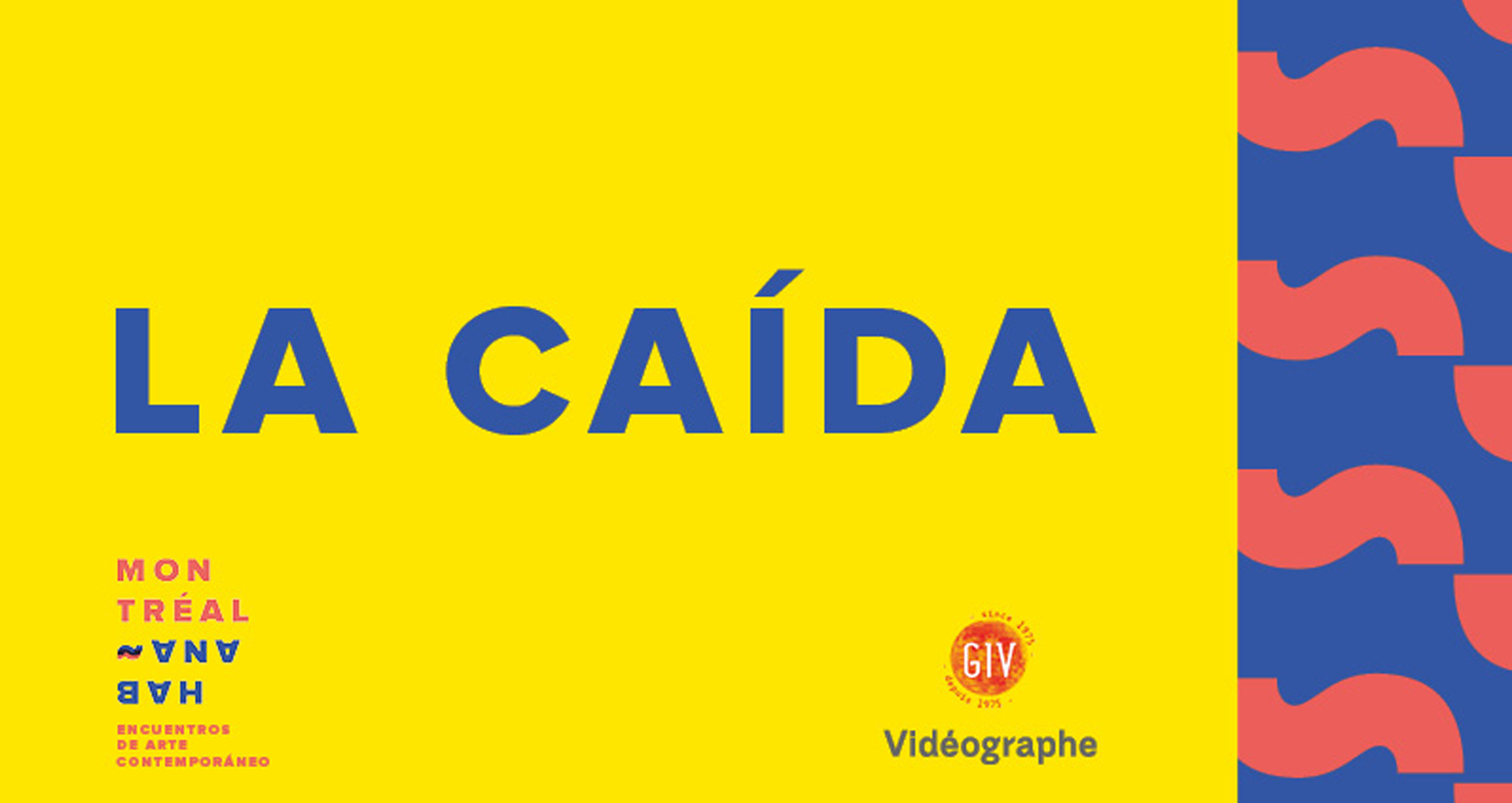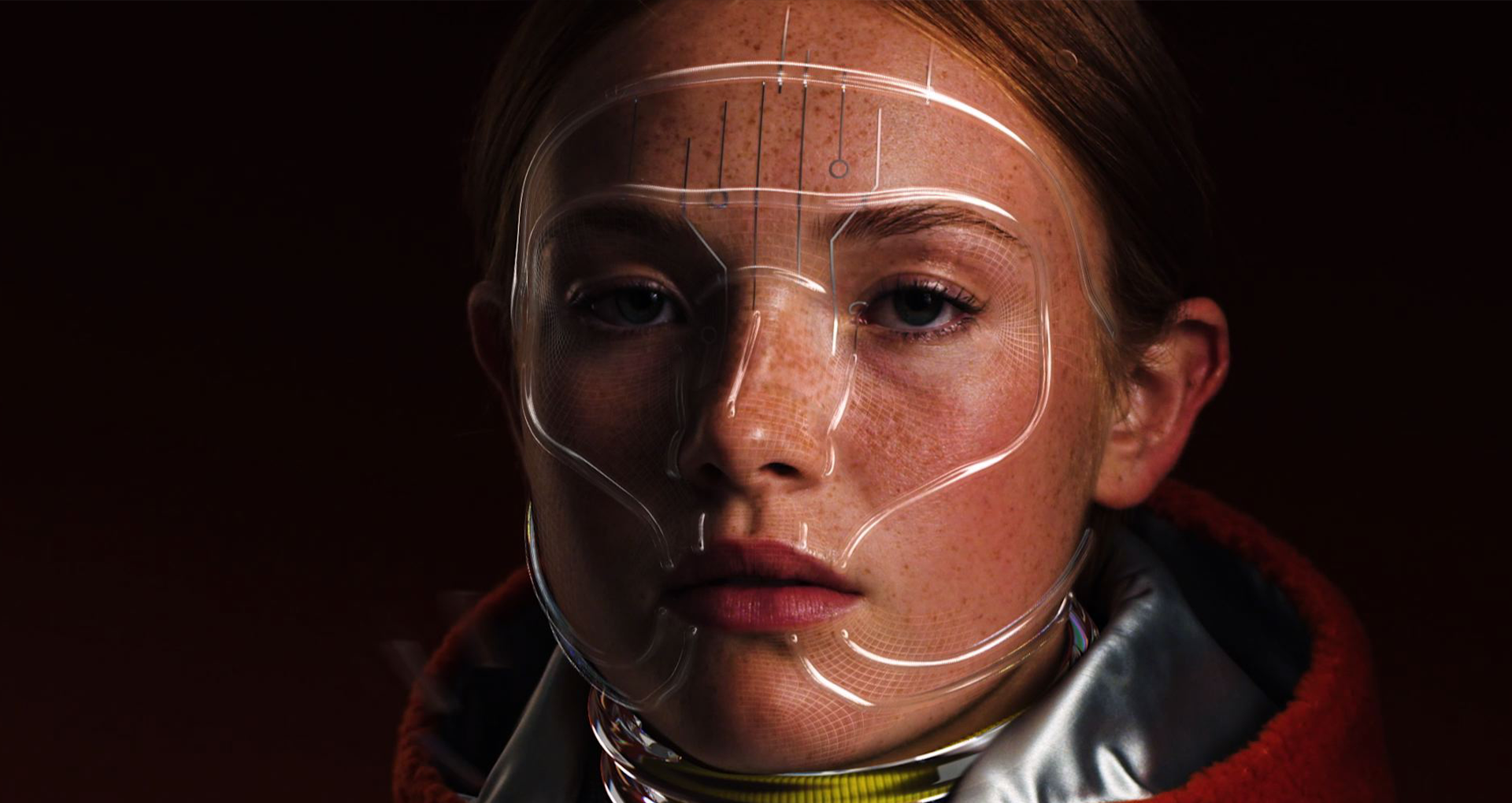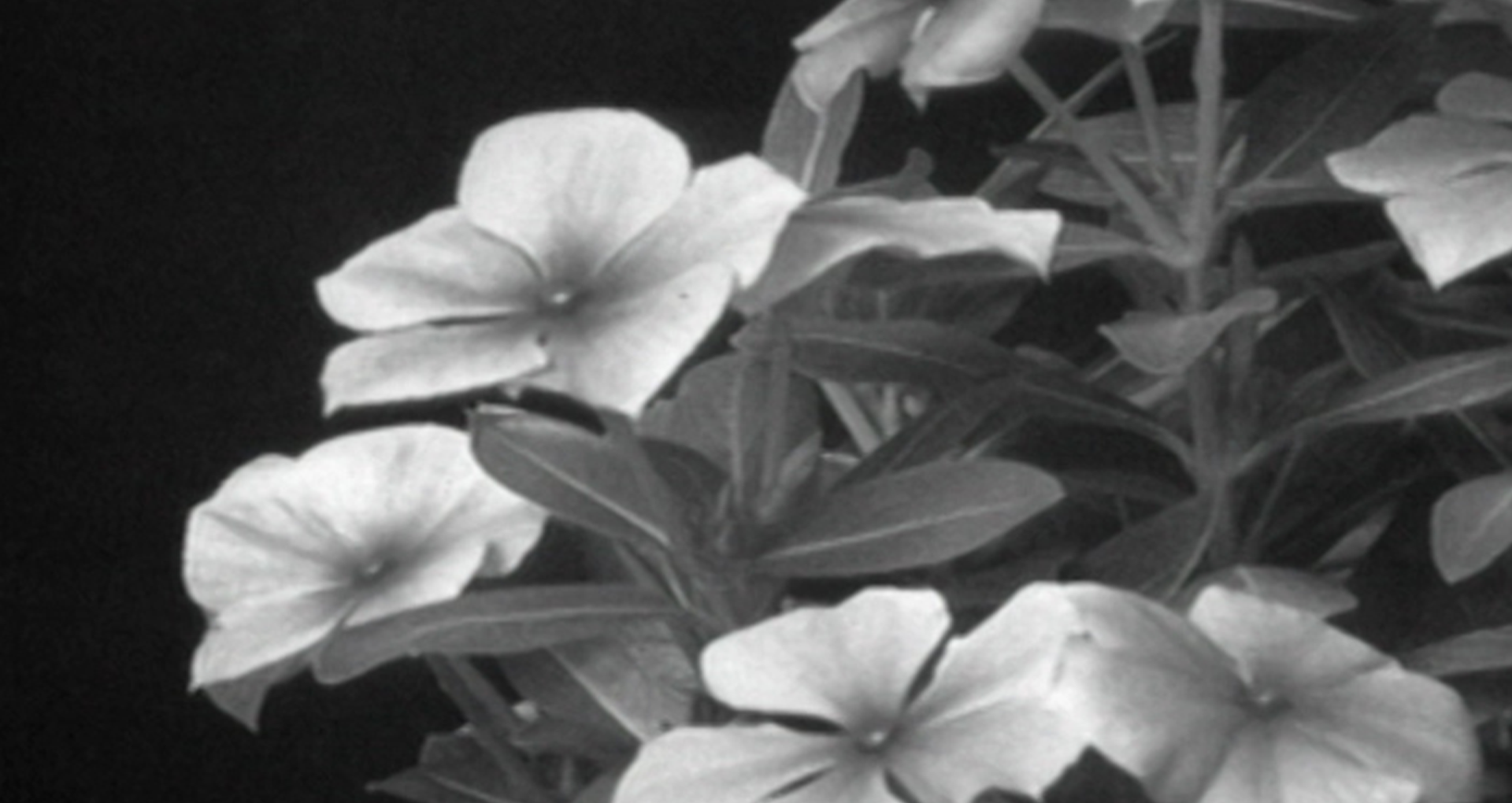
Vidéographe and GIV in Havana
Screening
Free
Curator : Nelson Henricks
Artists : Gwenaël Bélanger, Michel de Broin, Nathalie Bujold, Kimura Byol/Nathalie Lemoine, Rachel Echenberg, Nik Forrest, Kim Kielhofner, Moridja Kitenge Banza, Manon Labrecque, Sylvie Laliberté, Frédéric Lavoie, Jenny Lin, Caroline Monnet, Nadia Myre, Diane Obomsawin, Yudi Sewraj, Cathy Sisler, Skawennati and Karen Trask.
As part of the Montréal ~ Habana : Rencontres en art actuel / Encuentros de arte contemporáneo, Vidéographe and Groupe Intervention Vidéo (GIV) are thrilled to present The Fall screening program at Havana. The program features works by Montréal artists and will be launched at Galeria Continnua and then exhibited at Centro de Desarrollo de las Artes Visuales.
« I selected very short videos that use performance as my starting point. Language and dual realities also became important components. Montreal is a bilingual city but other languages are also spoken here, and I sought to reflect this diversity.
I was also interested in falling: falling things or falling people, or falling as a state of mind. There are other themes as well, but I will leave those for the viewer to discover. Themes come and go, like refrains, melodies. Falling, too, is like that. When we fall we must get back up, even if we might fall again. »
– Nelson Henricks, curator
Montréal ~ Habana is a contemporary art event composed of various exhibitions, artist residencies, video projections, panel discussions and meetings with participating artists and curators, taking place in two parts “Édition Habana à Montréal” in May 2019 in Montreal and “Montreal edition in Habana” in autumn 2019 in Havana.
Caer (Falling)
– a text by Nelson Henricks
There is a tunnel that connects Vedado to Miramar, where the Malecón becomes 5ta. Avenida. I would walk through this tunnel every day to get from my home to the Parque Wilfredo Lam. I had passed through the tunnel five or six times before I noticed that something was happening. How do you become aware that you are losing your awareness? I cannot pinpoint when I first noticed the disappearing feeling: a sensation of going away, of going somewhere else. I could remember entering the tunnel. I could remember leaving the tunnel. But something happened in the middle that caused me to disappear. I was conscious of an interval of lost time.
Once I became aware of this blank interval, this blind spot mid-tunnel, I fixated on it. I would try to retain my consciousness, to keep my mind and body together, but I would always fail. Always the same thing happened: I would black out and then emerge into the squinting sunlight, unable to remember what had occurred. Nonetheless, I was convinced that three things were happening.
First, I was encountering another version of myself in the tunnel. This other me had a complete existence separate from my own. He had memories and a life, the specifics of which were hidden from me. I could not say, for example, how this other me was different from or similar to myself––if he spoke Spanish or English or French or some other language, whether or not he had a job––but I did sense that this person was physically identical to me aside from a few scars or grams of fat more or less. He had been impacted by life in different ways––other tastes, loves, interests––but otherwise we were the same.
Second, in these moments of blacking out or disappearing I would come into contact with this other mind. We could see into one another—like the driver in a car might look over at a driver in the next car, who in turn looks back at him—but we could not speak to each other. There was a sense of contact or overlap, a superimposition of two minds—but each of us remained mute in that process.
Finally, there were images. In those brief moments in the middle of the tunnel before or after blacking out, as I struggled to keep my mind and body together, I saw visions. These included:
- An arm emerging from a wall, or an arm-shaped hole going into a wall,
- A chair balanced on a treetop,
- A dog standing on a mirror laid flat on the floor.
I was also convinced that my mind was being altered each time I traversed the tunnel. Again, I could not say in what precise ways my consciousness was changing—if new faculties had opened up or others closed down. How could I know? How can you know what you have forgotten? How can you be sure that this capacity or deficiency has not always been there? I did not have the sensation of harming myself. Maybe aspects of that other mind were being transferred to me mid-tunnel. We were trading parts, swapping attributes, memories, and skills. I was slowly becoming him, and he me. It was, of course, impossible to know how much of myself I had lost, or how much of the person writing this is him. Perhaps we have already traded places. Perhaps I am already on the other side. Perhaps he is here.





